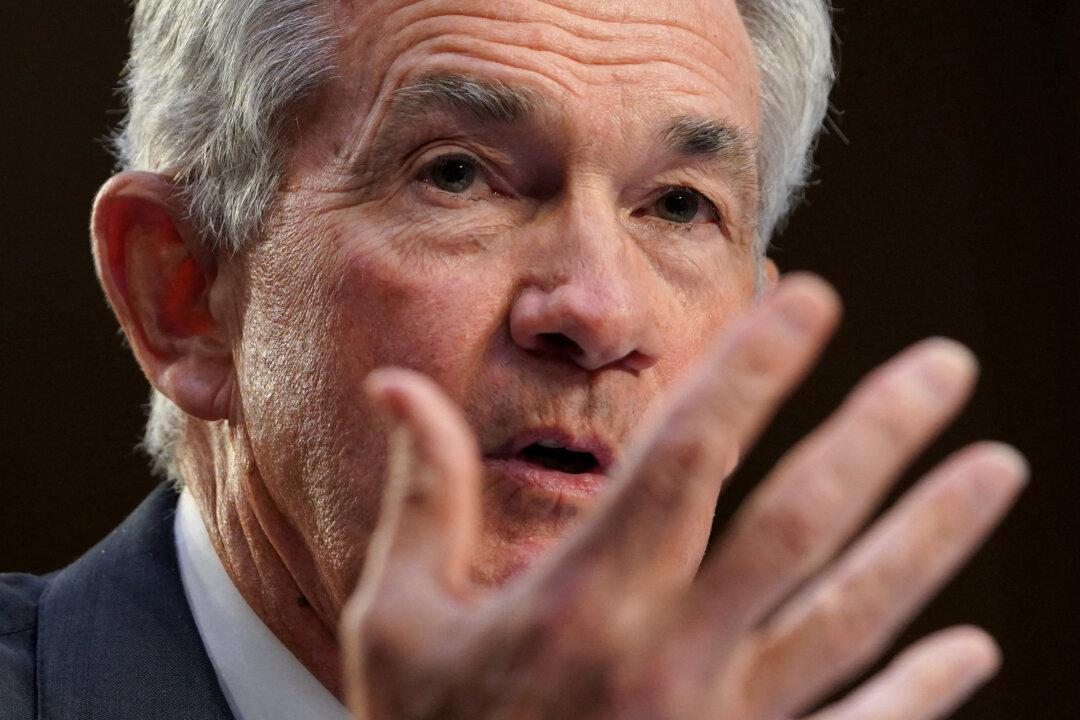Federal Reserve staff are projecting that the banking crisis would trigger a recession later this year, minutes from the March Federal Open Market Committee (FOMC) policy meeting revealed.
As expected, the turmoil in the banking sector was the main focus of last month’s policy meeting, with many Fed participants expressing concern that the collapse of Silicon Valley Bank and Signature Bank would result in tighter credit conditions, which would then weigh on economic activity, hiring, and inflation. But no economic data was available at the time to immediately determine how the events in the banking sector would affect the broader economy.





